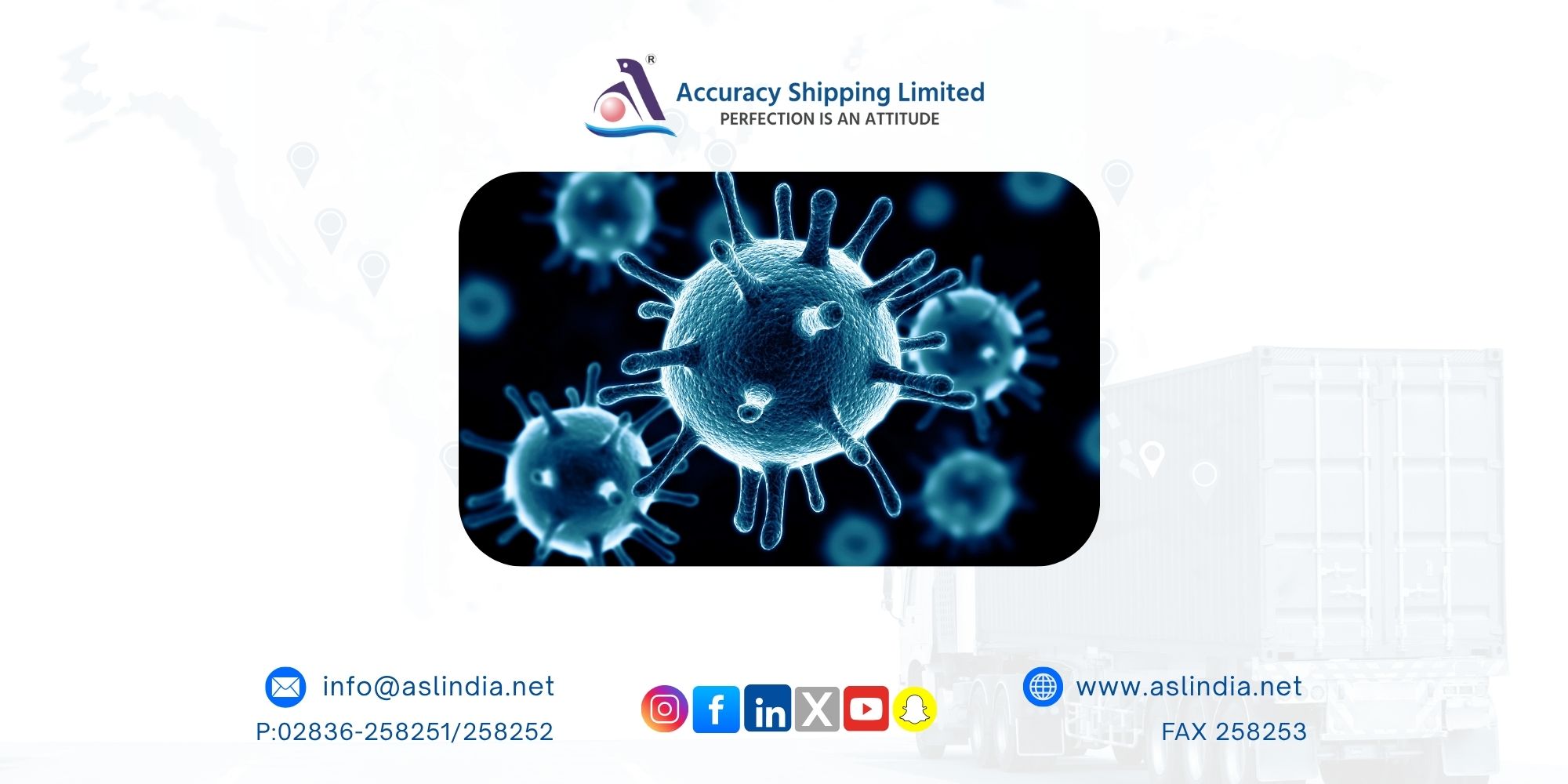Microbe From Man's Wound Able to Feed on Hospital Plastic

Plastic pollution stands as one of the greatest environmental threats of our time. From overflowing landfills to plastic choked oceans, the long lasting nature of plastic waste continues to wreak havoc on ecosystems. Interestingly, scientists have recently turned to one of nature’s tiniest lifeforms – bacteria – for a potential solution. Certain microbes capable of breaking down plastic are gaining attention for their role in offering a more sustainable future. However, a recent discovery presents a fascinating yet alarming twist: a dangerous hospital pathogen might also be part of this story.
The Rise of Plastic Eating Microbes
Over the past few years, microbiologists have uncovered several strains of bacteria capable of digesting various kinds of plastic. These “plastic eating” microbes hold promise for reducing the ever growing piles of waste and curbing the environmental damage associated with plastics. But introducing such microbes into the environment or the human setting is not without risks, particularly when some of these plastic degraders are already known pathogens.
Hospitals: A Surprising Battleground
Hospitals are major consumers of plastic materials including sutures, wound dressings, implants, and catheters. Given the heavy use of such items, researchers began wondering: could the bacteria already thriving in hospitals be capable of feeding on these medical plastics?
To explore this question, scientists studied the genomes of known hospital pathogens to see if they contained genes similar to those of plastic degrading bacteria found in the natural environment. The results were shocking.
A Dangerous Plastic Eater: Pseudomonas aeruginosa
Among the pathogens examined, Pseudomonas aeruginosa stood out. Known to cause approximately 559,000 deaths globally each year, especially in hospital settings, this bacterium is notorious for infecting patients with open wounds, burns, catheters, or those on ventilators.
One specific strain of P. aeruginosa – isolated from a wound infection – was found to possess a gene for producing a plastic degrading enzyme. When tested in the lab, not only could this strain break down plastic, but it could also consume it as a food source to grow. This plastic degrading ability was due to an enzyme the researchers named Pap1.
Biofilms: The Hidden Weapon
P. aeruginosa is a high priority pathogen, according to the World Health Organization, mainly because of its ability to form biofilms. These tough, slimy layers protect the bacteria from antibiotics and the immune system, making infections incredibly difficult to treat.
When P. aeruginosa formed biofilms on plastic surfaces, researchers found that the presence of the Pap1 enzyme made the pathogen even more virulent. It built larger and stronger biofilms, using degraded plastic as a kind of “cement” to fortify the biofilm matrix. This allowed the bacterium to form a more resilient bacterial community and possibly persist longer on hospital equipment.
Implications for Medical Safety
This discovery has significant implications for medical treatment and patient safety. Many medical devices and implants are made of plastic. If a pathogen like P. aeruginosa can degrade and feed on these materials, it could lead to device failure, worsened infections, and increased risks for already vulnerable patients.
A Path Forward
Fortunately, researchers are not sitting idle. Efforts are underway to enhance the safety of medical plastics by adding antimicrobial properties to prevent bacterial colonization and degradation. Still, this discovery raises a critical new consideration: future medical materials must be chosen with both functionality and microbial resistance in mind.
Conclusion: Hope and Caution
The idea that plastic eating microbes could help tackle environmental waste is incredibly promising. Yet, when those same microbes turn out to be hospital superbugs, the story becomes more complex. Pseudomonas aeruginosa serves as a reminder that nature’s solutions often come with strings attached. As we embrace innovation in waste management and materials science, we must also stay vigilant against unintended consequences especially when they involve pathogens with the potential to turn a hospital plastic into a feast.







